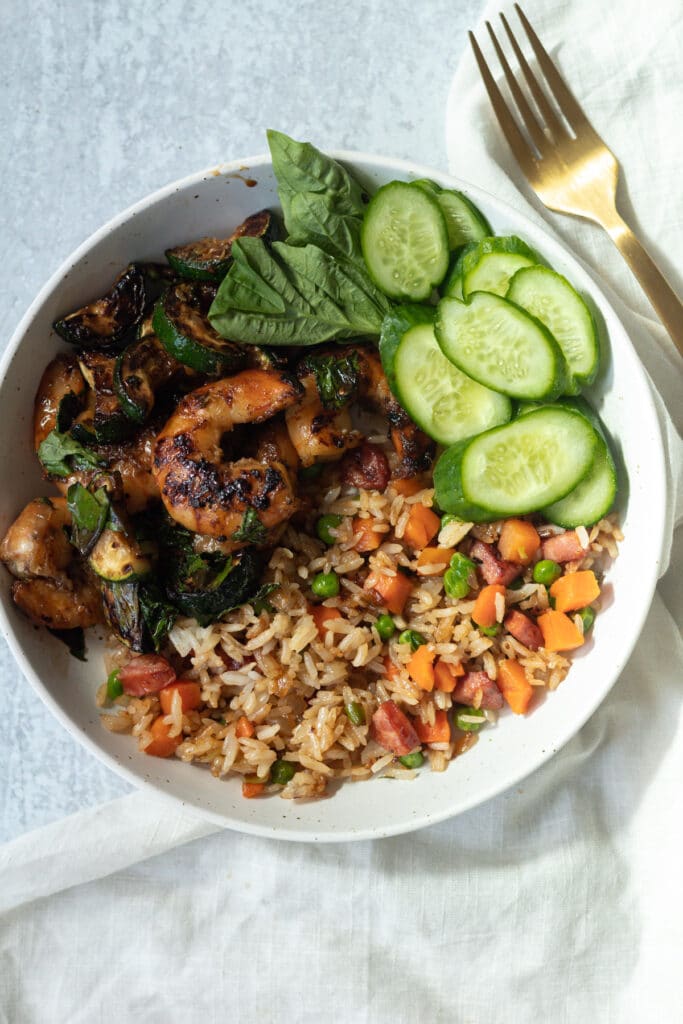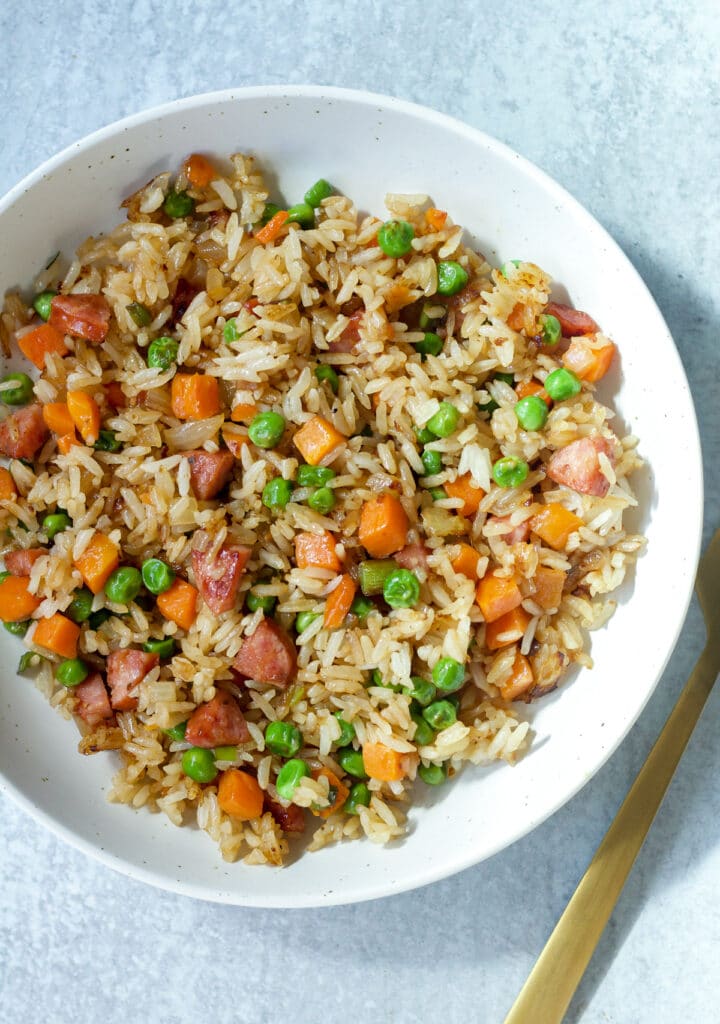Fried rice, a ubiquitous dish in Asian cuisine, tantalizes taste buds with its medley of flavors and textures. While the presence of egg is often associated with this culinary delight, its inclusion is not an absolute necessity. This article delves into the reasons behind the egg’s presence in fried rice, exploring both its culinary and cultural significance.
The Culinary Role of Egg in Fried Rice
The addition of egg to fried rice serves several culinary purposes:
-
Protein Enrichment: Eggs are a rich source of protein, contributing to the overall nutritional value of the dish.
-
Texture Enhancement: The scrambled eggs introduce a soft and fluffy texture that contrasts with the chewy rice grains.
-
Flavor Enhancement: Eggs impart a subtle savory flavor that complements the other ingredients in the dish.
Cultural Significance of Egg in Fried Rice
Beyond its culinary merits, the egg holds cultural significance in certain Asian countries:
-
Symbolism of Prosperity: In Chinese culture, eggs represent fertility and prosperity. Their inclusion in fried rice during festive occasions symbolizes wishes for abundance and good fortune.
-
Tradition and Familiarity: In many Asian households, fried rice with egg has become a traditional dish passed down through generations. Its familiarity evokes a sense of comfort and nostalgia.
Fried Rice Variations: Beyond the Egg
While egg is a common ingredient in fried rice, it is not universally present. Variations of this dish exist that omit egg altogether, catering to personal preferences and dietary restrictions:
-
Eggless Fried Rice: This variation, as the name suggests, excludes eggs. It is suitable for individuals with egg allergies or those who prefer a lighter version of the dish.
-
Vegetable Fried Rice: This variation emphasizes vegetables as the primary ingredient, offering a colorful and nutritious alternative to egg-based fried rice.
-
Seafood Fried Rice: This variation incorporates seafood, such as shrimp or fish, as the main protein source, providing a briny and umami-rich flavor profile.
The inclusion of egg in fried rice is a matter of both culinary preference and cultural tradition. While egg enhances the dish’s flavor, texture, and nutritional value, its presence is not essential. Variations of fried rice exist that cater to diverse tastes and dietary needs, ensuring that this versatile dish remains a beloved staple in Asian cuisine.
Here’s how you do it
- Heat a skillet/frying pan over medium-high heat. If you’re using meat, cook it right now and take it out of the pan. Here is a half-cup of chopped cooked sausage linked to a ½ teaspoon of oil.
- Melt a small amount of butter in a pan and add the ginger, garlic, and white/light green sections of your green onions. Saute for 2-3 minutes, until softened. Simmer the onions on medium heat if they begin to brown too quickly.
- Combine the rice, veggies, oyster sauce, and soy sauce. Stir-fry for approximately five minutes, or until the rice begins to crisp up a little and everything is heated through. If using, add meat back in and stir to combine.
- If you think it needs more soy sauce, taste it and add more if necessary (you can add up to another teaspoon before I think it gets too salty).
- Turn off heat and drizzle with sesame oil. Garnish with green onions and sesame seeds.

To egg or not to egg?
Although I have nothing against eggs in fried rice, I usually leave them out because I feel like one egg is simply too much for this quantity of rice. However, if you enjoy eggs, you can add them to this dish. You have a couple of options:
Once the meat is cooked (if using), add the beaten egg and scramble it right away. When cooked, remove and set aside with the meat until you have finished preparing the rice. Add back in at the end.
Use a beaten egg to stir the cold rice in the pan before adding it. This produces an extremely eggy and delectable final dish by coating each grain of rice with egg. If you LOVE eggs, definitely give this a try!.
As an alternative, you could fry an egg and place it over the fried rice. I do this all the time!.

Breakfast Fried Rice
FAQ
What is the difference between fried rice and Chinese fried rice?
Can you leave egg fried rice out?
Does special fried rice contain egg?
Does chicken fried rice contain eggs?
